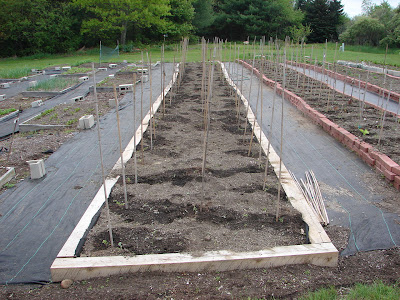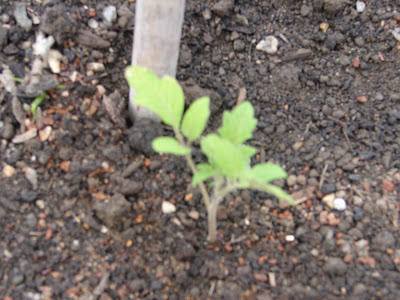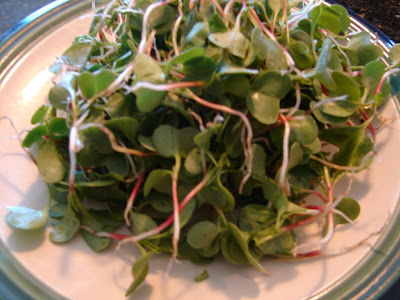 Enzo
Enzo"Enzo is crazy." That is a phrase that you hear at our house all the time. Enzo is a red winged blackbird that comes to our house every spring.
Three years ago, we started noticing some tapping at our front door. We'd open the door and no one was there. Again and again this happened. After a several days I noticed that when I opened the door a bird would be flying away. Then, I noticed a tapping at the back of the house.
So, I set up a stake out. I waited for the tapping at the front door and opened it. When the bird flew away I quickly went out the back door and saw the bird coming around the corner of the house. He spotted me and flew off.
Next time, I sat by the corner of the house and waited for the bird to come back. After a few minutes, he was back at the front door tapping on the kick plate underneath the front door. I knocked on the wall and he flew away to the back of the house. I peeked around the corner and the bird was tapping on the basement window.
At this point I realized he was tapping at his own reflection. He saw himself in the kickplate and saw himself in the window. This went on all spring and summer and then he was gone. It was during this time that Karen and I named the bird Enzo, it just seemed to fit. The tapping would start early, early in the morning (sometimes before 5am) and not end until late afternoon. "Enzo is crazy."
By late fall, Enzo was gone. We missed him and his tap, tap, tap at the door. But, he returned the next year and started up with his tapping routine.
I tried several times to take his picture, but he was always too quick. Always out of focus, far away or out of the frame I could never capture a picture. "Enzo is crazy."
Last summer, we painted the house and took out the kickplate. Enzo stopped knocking at the door, but we stil heard his song at the house and saw him hanging out in our pine trees and coming down to the water garden for a drink. The picture above is Enzo in a pine tree in our back yard.
This spring, Enzo returned with a girlfriend. Of course we had to come up with a name. I suggested Melita because I am currently reading "The Jukebox Queen of Malta." Karen suggested Mirella because we had just finished watching the Italian epic "The Best of Youth." "Enzo is getting lucky."



















